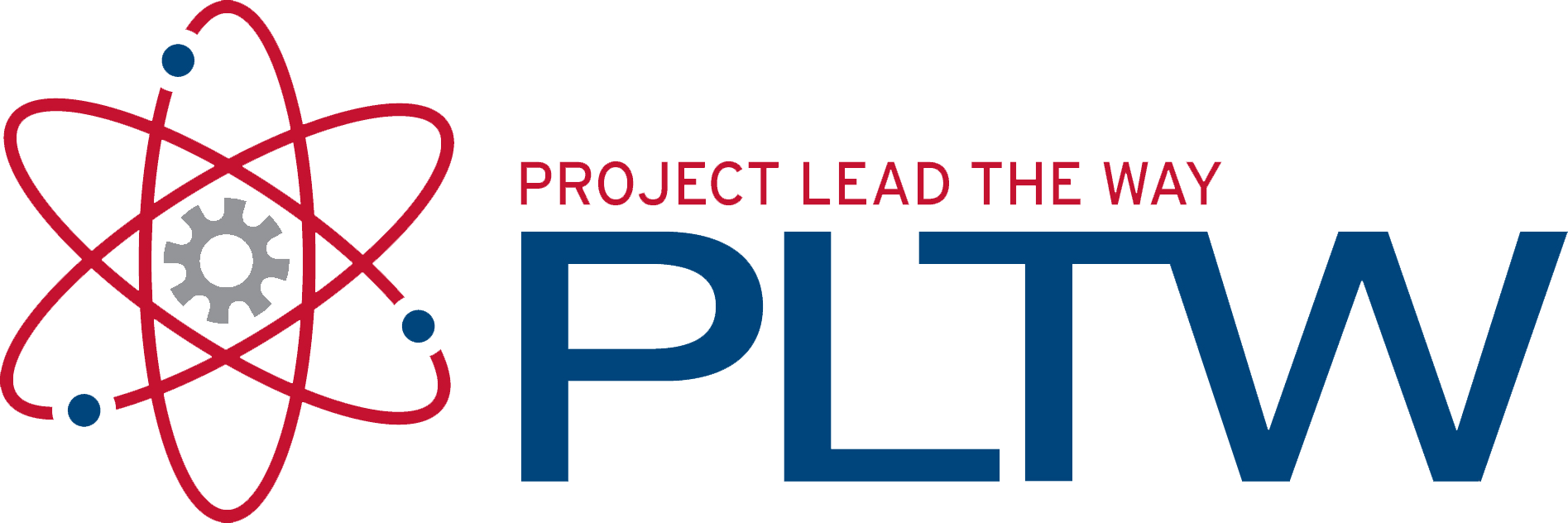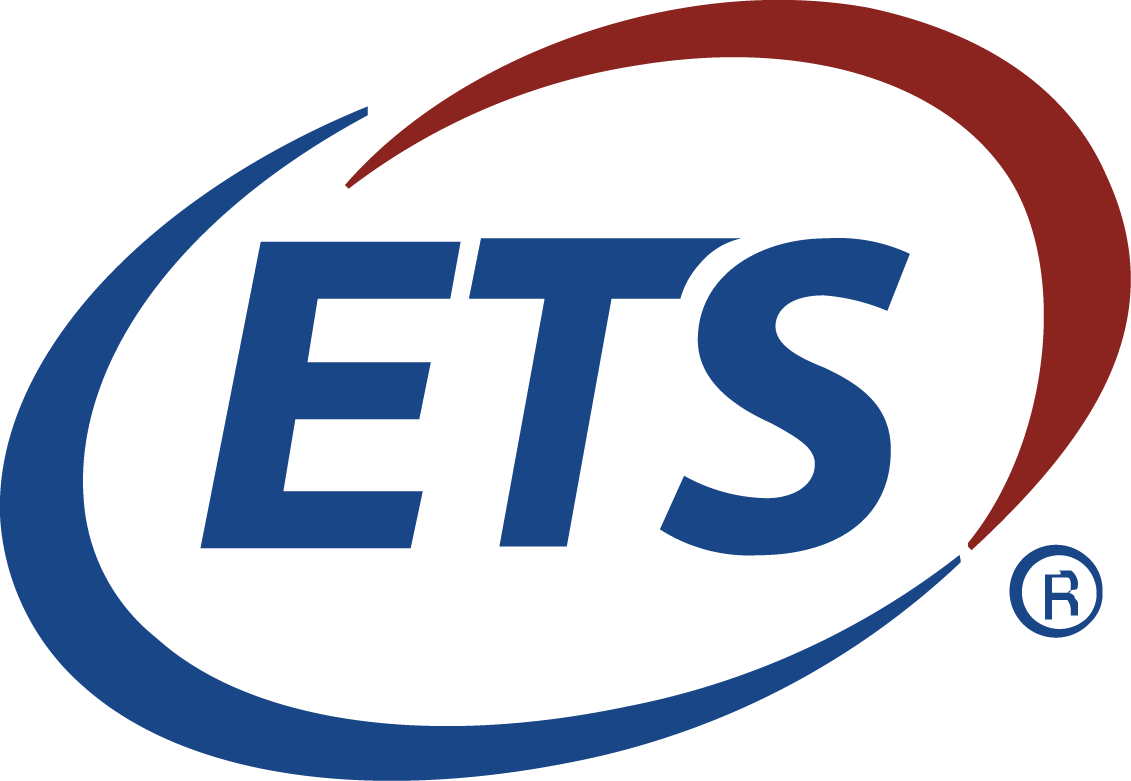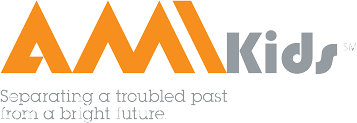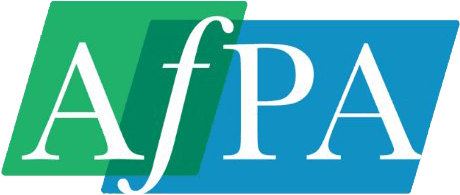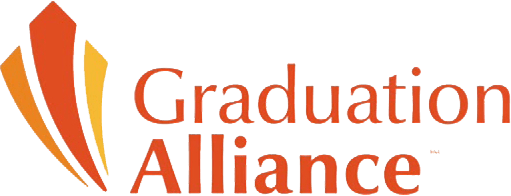2022 NAEP Report Exposes Critical Moment for Change
By Tom Luna and Doug Mesecar
The recent National Assessment of Educational Progress (NAEP) results are in and sounding alarm bells across the education ecosystem. The reason for alarm? NAEP, The Nation's Report Card, revealed that in just one year, decades of academic progress in math and reading were wiped out.
While the pandemic massively and abruptly disrupted all segments of society, the question for education is how could 20 to 30 years of student academic progress be so fragile? For reading, the increase in scores between 1992 and 2022 was only three points, so the decline in 2022 scores is not quite as shocking (although the stagnation in scores over 30 years should be).
For mathematics, the delta between 1990 and 2019 was 23 points in fourth grade and 12 points in eighth grade, but most of that growth occurred between 1992 and 2003. Once again, the stagnation over the last couple of decades is as alarming as the precipitous drop from 2019 to now. If there is a silver lining here, perhaps these obvious and concerning trends will finally spark the changes needed in a system that prizes and defends the known – but severely flawed – status quo above all else.
Applied Energy
Newton’s third law of motion states that for every action, there is an equal and opposite reaction. The pandemic exerted a strong force on the education system, eliciting a significant decline in academic performance. As we emerge from the pandemic, we must respond with equivalent force, and the response must be in new, bold, and evidence-based ways to overcome Newton’s first law of motion, which unfortunately governs our education system: inertia, or the tendency to resist change. As we emerge from the pandemic, we cannot afford to rebuild what once was; instead, we must exert the energy and fortitude to create different results. We need to flip the script.
Considering the small gains in reading and math over the last 20 to 30 years, surely we could quickly right the ship and exceed expectations with a concerted effort that prioritizes innovation and student needs over adult concerns and status-quo-ism. Instead of band-aid fixes and discussions on triaging, a significant improvement could result from committing to doing things differently. And the results could be – need to be – transformational.
The question we must all ask is: If we choose not to undertake transformational change, will it take us 20-30 years to get back to where we were before the pandemic? We can’t afford to simply recover the pandemic-drive lost learning and just be on par with where we are today in 2050. That would be a betrayal of today’s students and their future. The time is right to go beyond small incremental growth and collectively catapult learning forward.
Centering Public Education
The pandemic not only created unprecedented challenges for education, but it also exposed problems that have been lurking inside our education system for some time. Massive achievement gaps, teacher shortages, lack of technology, stale instructional models, poor student engagement, and weak college and career readiness are long-standing issues that have dramatically risen to the surface. They all demand immediate attention in ways that they weren’t given before the pandemic.
Public education has been fundamental to our country’s core promise and ongoing prosperity. This core tenet of American exceptionalism is at risk for all students, especially underprivileged students, rural students, and students of color, due to the pandemic and the equally virulent resistance to change by the system.
The remedy is not to blow up the system; no, the transformation of the public education system must preserve its foundational role in our society while changing – in some cases massively – its methods and outcomes. Now is the time to double down on innovative efforts to address the national achievement crisis revealed by the NAEP results, while expanding efforts to remain globally competitive.
The need to move quickly has international implications as well. The latest Programme for International Student Assessment (PISA) rankings place the U.S. 22nd globally in comprehensive science, reading, and math assessments. With a global competitor like China topping the list, implementing wholesale changes can improve NAEP results (and hence student outcomes) and help the U.S. better compete globally.
Wake-Up Call
These alarming NAEP scores must be a wake-up call for all of us to do more, to innovate, and to be open to possibilities for disruptive change. Indeed, there are actually some bright spots in the NAEP results. Districts like Austin, TX, Hillsborough County, FL, Los Angeles, CA, and Miami-Dade, FL, bucked the national trend, to a degree. These brighter spots are spurring questions about the strategies, programs, and methods used to produce these relative successes. The fact that these districts typically stayed closed to in-person instruction longer during the pandemic, and are educating some of our most at-risk students, should yield insights into potentially scalable strategies and tactics.
Instead of reacting to the abysmal NAEP results from a defensive, "deficit mindset," a proactive, all-hands-on-deck approach can change our downward trajectory. Recognizing just how doable a turnaround can occur in a short period is not only within reach, but also lends itself to exceeding expectations. Undoubtedly, it will take a collective effort that might surprise even the harshest of critics. In this era of polarization, the NAEP results must be a clarion call for change that everyone can – and must – embrace. The future of today’s children, and therefore our country, depends upon it.


